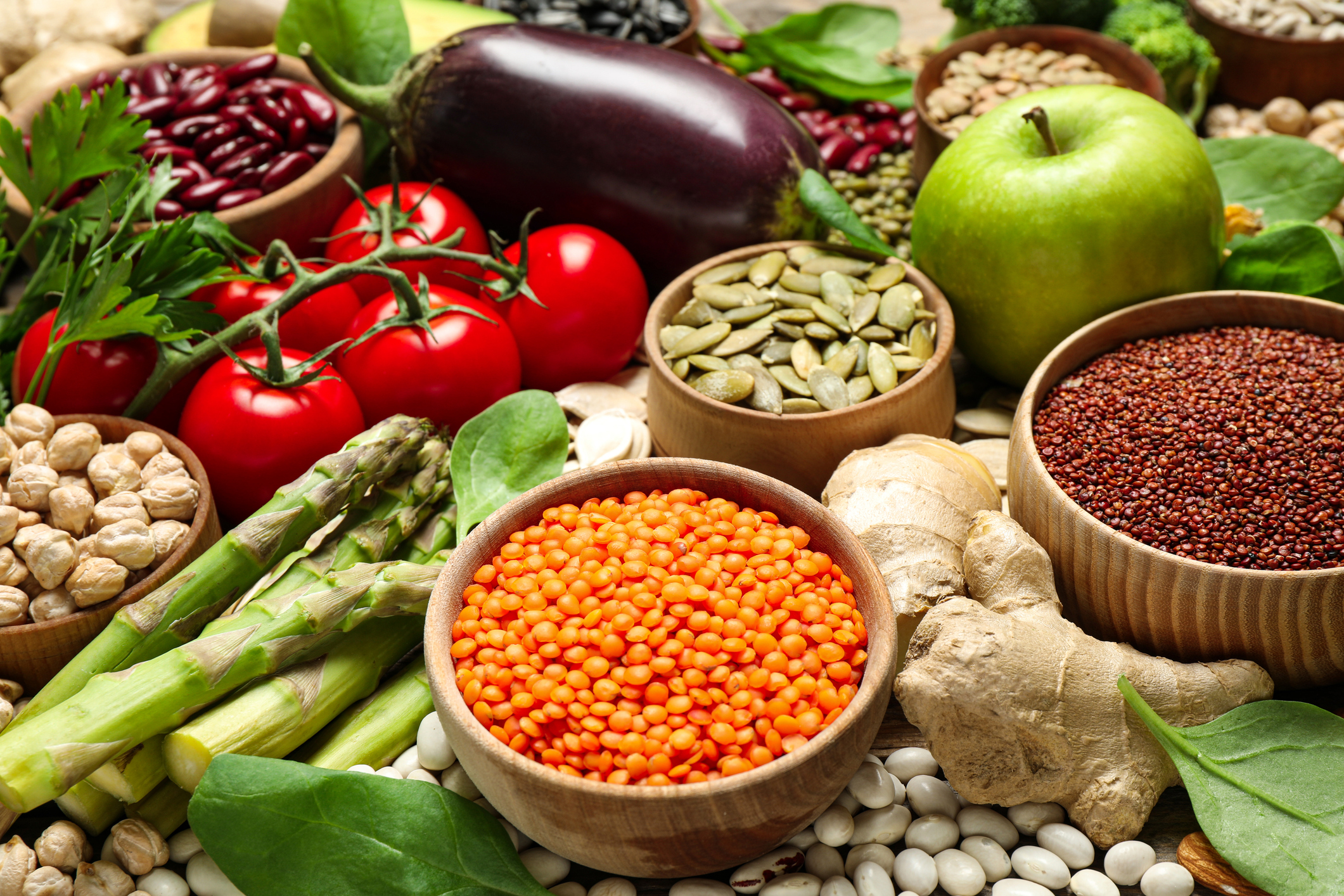Legumes: A Nutrient-Rich Addition to Your Eye-Healthy Diet
Introduction
In the quest for maintaining optimal eye health, incorporating nutrient-rich foods is paramount. One such category that stands out for its exceptional nutritional value is legumes. Legumes, encompassing a diverse range of beans, lentils, peas, and chickpeas, offer a wealth of nutrients beneficial for maintaining healthy vision. In this comprehensive guide, we delve into the specific nutrients found in legumes, their benefits for eye health, recommended consumption, and precautions to consider.
Nutrient Profile of Legumes
Legumes boast an impressive nutrient profile, making them an invaluable addition to any diet focused on eye health. Some key nutrients found in legumes include:
- Vitamin A: Essential for maintaining good vision, vitamin A plays a crucial role in the health of the retina. Legumes such as lentils and chickpeas are excellent sources of beta-carotene, a precursor to vitamin A.
- Lutein and Zeaxanthin: These carotenoids are known for their role in protecting the eyes from harmful light and oxidative damage. Legumes like peas and green beans contain significant amounts of lutein and zeaxanthin.
- Folate (Vitamin B9): Folate is essential for the synthesis of DNA and cell repair, including the cells of the retina. Beans, lentils, and peas are rich sources of folate.
- Zinc: Zinc plays a crucial role in transporting vitamin A from the liver to the retina to produce melanin, a protective pigment. Many legumes, such as chickpeas and lentils, are good sources of zinc.
- Omega-3 Fatty Acids: While not as abundant in legumes as in fish, certain legumes like soybeans contain alpha-linolenic acid (ALA), a precursor to omega-3 fatty acids that may contribute to eye health.
Recommended Consumption
To reap the maximum benefits for eye health, it’s recommended to incorporate a variety of legumes into your diet on a regular basis. Aim for at least 1-2 servings of legumes per day. A serving size typically ranges from ½ cup to 1 cup, depending on the type of legume. Here are some delicious ways to incorporate legumes into your meals:
- Soups and Stews: Add beans or lentils to hearty soups and stews for a nutritious and satisfying meal.
- Salads: Toss chickpeas or kidney beans into salads for an extra boost of protein and fiber.
- Snacks: Roasted chickpeas seasoned with herbs and spices make a crunchy and nutritious snack.
- Dips and Spreads: Whip up a batch of homemade hummus using chickpeas or a flavorful bean dip for a nutritious spread.
Precautions
While legumes offer numerous health benefits, there are some precautions to consider:
- Flatulence: Some individuals may experience gas or bloating when consuming legumes, particularly if they’re not accustomed to them. Gradually increase your intake and consider soaking dried legumes before cooking to help reduce these effects.
- Allergies: Legumes, especially peanuts, can trigger allergic reactions in some individuals. If you have a known legume allergy, avoid consumption and seek alternative sources of nutrients.
When to Consult a Doctor
If you experience any adverse reactions after consuming legumes, such as severe allergic symptoms or gastrointestinal distress, consult a healthcare professional. Additionally, individuals with specific medical conditions or dietary restrictions should consult a registered dietitian or healthcare provider before making significant changes to their diet.
Conclusion
Incorporating legumes into your diet can be a flavorful and nutrient-rich way to support your eye health. With their abundance of vitamins, minerals, antioxidants, and fiber, legumes offer a myriad of benefits, from protecting against age-related eye conditions to promoting overall retinal health. By incorporating a variety of legumes into your meals regularly and taking necessary precautions, you can nourish your eyes and enjoy the many health benefits legumes have to offer.
World Eye Care Foundation’s eyecare.live brings you the latest information from various industry sources and experts in eye health and vision care. Please consult with your eye care provider for more general information and specific eye conditions. We do not provide any medical advice, suggestions or recommendations in any health conditions.
Commonly Asked Questions
If you experience persistent vision changes, eye discomfort, or have specific eye conditions, it’s crucial to consult an eye care professional. They can provide personalized recommendations tailored to your eye health needs.
Yes, incorporating legumes into your diet can help promote overall eye health, including combating dry eyes, due to their omega-3 fatty acids and vitamin E content, which have anti-inflammatory properties.
Canned legumes are convenient but may contain added sodium. Look for low-sodium or no-salt-added options and rinse them thoroughly before use to reduce sodium content while retaining nutrients.
Try adding cooked legumes to soups, salads, stews, or casseroles. You can also blend them into dips like hummus or include them in veggie burgers, tacos, or pasta dishes for added texture and flavor.
Legumes should be cooked thoroughly before consumption to improve digestibility and eliminate any anti-nutrients present. Soaking them overnight can also help reduce cooking time and enhance nutrient absorption.
Some individuals may experience digestive discomfort or allergies to certain legumes. It’s essential to start with small portions and monitor your body’s response. Also, be mindful of added salt or unhealthy fats in processed legume products.
While legumes offer many eye-healthy nutrients, they should complement a balanced diet rich in various fruits, vegetables, nuts, and seeds to ensure you get a diverse array of vitamins and minerals.
Aim to incorporate at least 1-2 servings (about ½ to 1 cup) of legumes into your daily diet to reap their eye-protecting benefits.
Beans (black beans, kidney beans), lentils, chickpeas, and peas are excellent choices due to their high content of essential nutrients such as lutein, zeaxanthin, and antioxidants.
Yes, legumes are rich in nutrients like zinc, vitamin E, and beta-carotene, which support eye health and reduce the risk of eye diseases like macular degeneration and cataracts.
news via inbox
Subscribe here to get latest updates !








